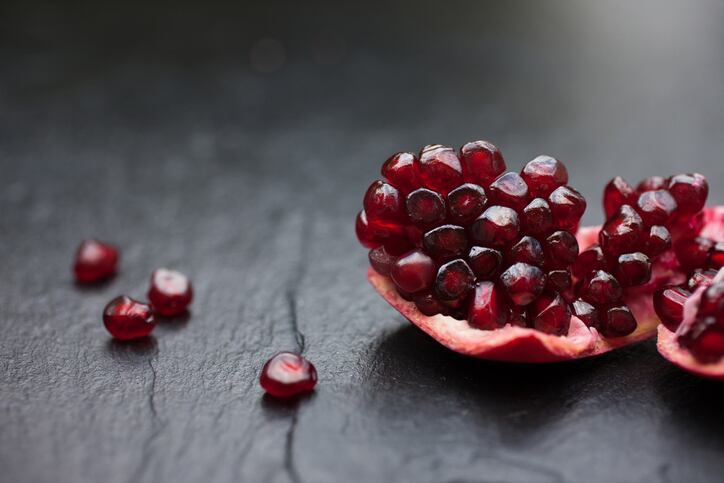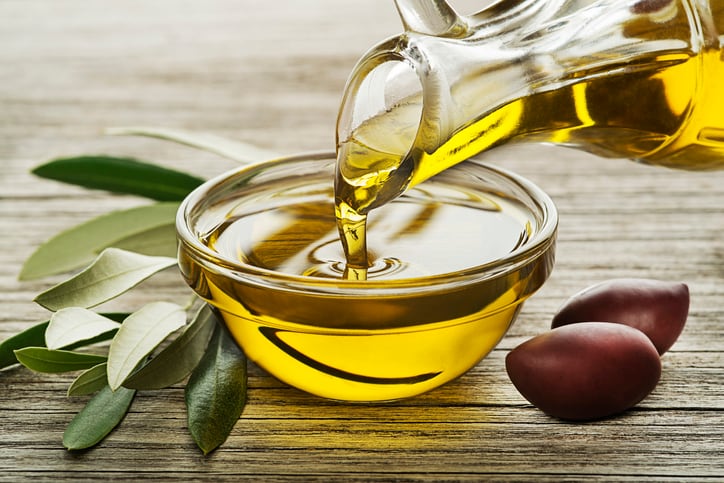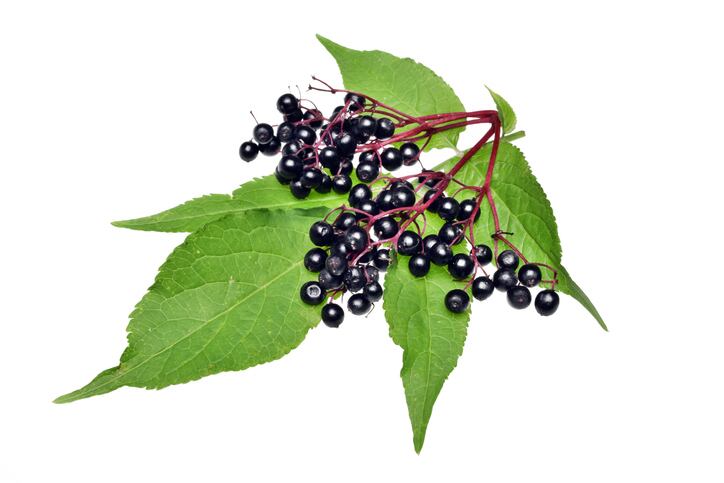The bulletin is part of the growing BAPP library of peer-reviewed publications, which now numbers 67, including adulteration bulletins, lab guidances focusing on analytical procedures for given botanicals and other documents. BAPP is a collaborative effort between the lead organization, the American Botanical Council, and the American Herbal Pharmacopoeia and the National Center for Natural Products Research at the University of Mississippi.
Growing market
Pomegranates are the fruit of a small tree thought to be native to northern India, Iran and Afghanistan but which has been widely cultivated in warm parts of the world for millennia. There is a thriving trade in the whole fruit, but a far larger market exists for juice products and extracts.
In the United States the market has expanded through the efforts of California power couple Stuart and Linda Resnick via their POM Wonderful brand. According to the BAPP bulletin, the global market for pomegranate products was valued at $8.2 billion in 2018.
The bulletin found that at least three forms of adulteration have been commonly seen in the market. The crudest is the dilution of pomegranate juice with water and sugar and/or less costly fruit juices, such as apple juice. As pure pomegranate juice is a deep red/purple color, such adulteration can be fairly easy to detect via a visual inspection.
The other common forms are more sinister. One form observed in the market is products labeled as ‘pomegranate’ that are composed of a mix of exogenous polyphenols from unspecified sources. Another form, and perhaps the most difficult to detect, is when understrength pomegranate juice is augmented with exogenous polyphenols, such as ellagic acid, to both mimic the color intensity and to some extent the chemical profile of a 100% pure product.
Cheaper forms of ellagic acid suspected in adulteration
The bulletin mentions that ellagic acid from so-called ‘Chinese gallnuts’ is far less expensive than the same compound extracted from pomegranates. Gallnuts are ellagic acid-rich, resinous wound scars that form on the young limbs of various tree species after insect attack. The BAPP bulletin states that true pomegranate extracts range from $40 to $200 per kilo, depending on specifications, quality and quantity, but prices as low at $10 per kilo have been quoted on the Chinese sales portal Alibaba. Gallnut extracts, by contrast, can be found for as little as $5 per kilo.
“The pricing data for EA-rich gallnut extracts are included here to indicate a likely explanation for the very low prices listed on the internet for some pomegranate extracts,” the bulletin states.
“Ellagic acid concentrations have become a marketing tool for pomegranate supplements, suggesting to industry members and consumers that higher levels represent more concentrated, more potent, and thus more efficacious extracts. This is despite clinical studies indicating that various pomegranate constituents — in addition to ellagic acid — are responsible for its pharmacological activity and beneficial health effects. As such, pomegranate products that do not contain certain naturally occurring pomegranate compounds such as the characteristic punicalins and punicalagins not only may be adulterated but also may not provide the expected health benefits,” said BAPP director and bulletin coauthor Stefan Gafner, PhD. He is also the chief science officer of ABC.
Getting better, but still not good enough
BAPP published its first bulletin on pomegranate adulteration in 2016. At that time, 35% or more of the products in the market were failing quality inspections. More recent studies cited in the current bulletin have found the rates have declined to 27% or even as low as 20%. An improvement, but not enough, the document states.
“While this seems a marked improvement in the situation, it should be noted that only two relatively small studies have been reported recently, and a fail rate of 20% or higher is still unacceptable,” the bulletin states.
While not a lab guidance document per se, as with other such bulletins, the current BAPP publication provides some insight into how best to test pomegranate products for adulterants. Those analytical approaches include various mass spectrometry techniques and an experimental imprinted polymer technology in which test materials might be ‘coded,’ so to speak, to bind to a specific suspected adulterant compound.
To read the full bulletin on ABC’s HerbalGram website, click here.




